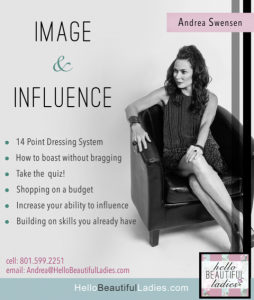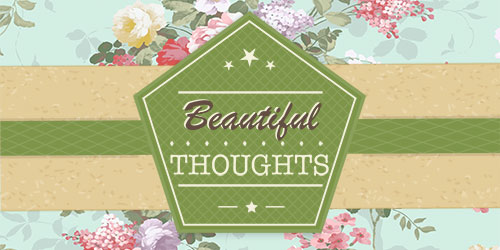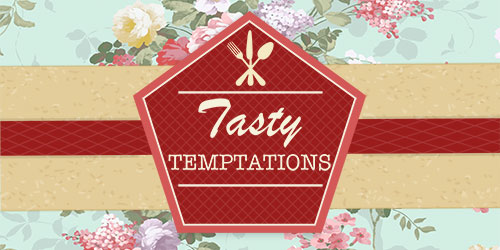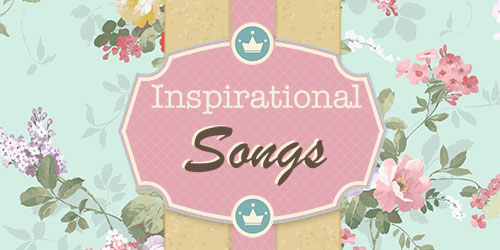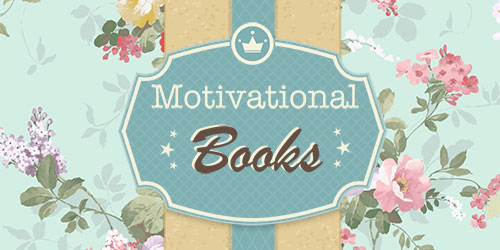Does Dressing for Success Really Work?
Does Dressing for Success Really Work? Perception is Everything
 Dress for the job you want not the job you have, if you are looking to be promoted. Research what the acceptable attire is for your line of work or the industry you are in. You want to be able to set a tone and establish yourself as a promotable, a leader. Wear appropriate attire at all times. Look at what the higher level management in the company is wearing and emulate their manner and style of dress. HelloBeautifulLadies.com has a FREE downloadable guide called Image and Influence that can help you create a wardrobe that bests suits your work environment.
Dress for the job you want not the job you have, if you are looking to be promoted. Research what the acceptable attire is for your line of work or the industry you are in. You want to be able to set a tone and establish yourself as a promotable, a leader. Wear appropriate attire at all times. Look at what the higher level management in the company is wearing and emulate their manner and style of dress. HelloBeautifulLadies.com has a FREE downloadable guide called Image and Influence that can help you create a wardrobe that bests suits your work environment.
What to wear in Corporate or Formal Business Environment – Plan on wearing a skirt, dress or suit with a blouse underneath.
- Wear clothes that fit and are not revealing. Dressing professionally means avoiding clothes that are provocative and distracting.
- Clothes should never be too tight or too loose. They should not be see-through or inappropriately cut (for example, low-top blouses or high-slit skirts).
- Dress to impress, not to be eye-candy. Business formal is all about sending a positive message about your attitude – your being on the job – as well as your ability.
 Wear a skirt.
Wear a skirt.
- Skirts should always be the appropriate length and fit.
- Be sure that your skirt extends to your knee. Your skirt should fully cover your thighs when you are seated. Longer skirts are also appropriate as long as they are narrow enough to not be billowing but not so narrow that you can’t climb stairs comfortably
- Skirts should only have center-back slits that extend no higher than the back of your knee. Center-back slits are acceptable because they facilitate walking and stair climbing. Slits designed to increase view of your legs are inappropriate.
- If you sit in a chair and can see too much thigh when crossing or uncrossing your legs, your skirt is too short.
- If you wear a slip under your skirt be careful it does not show.
- If you cannot walk comfortably in a skirt, it is either too small or too tight.
- Darker colors are the safest and most professional-looking choices skirts.
 Wear a dress. Like a skirt, a dress is best for warmer weather but should still be the appropriate length and fit.
Wear a dress. Like a skirt, a dress is best for warmer weather but should still be the appropriate length and fit.
- Dresses should extend to the knee, similar to skirts. However, wearing long dresses is not advised as this may look too formal, like attending a dinner or award ceremony. Do not wear backless dresses. Do not wear dresses with spaghetti straps or plunging necklines. Sleeveless, short-sleeved, and long-sleeved dresses are all acceptable. Choose neutral and solid colors. This includes black, grey, navy, and brown.
- Wear a tailored blouse or shirt underneath your blazer. Opt for a color that coordinates nicely with your suit.
- Blouses should not be too tight or too low cut. No cleavage should be showing.
- All blouses should be opaque rather than see-through. The blouse, shirt, or sweater should be made of quality fabric such cotton, silk, or blends. Avoid velvet or shimmery fabrics you would wear to a party.
- Wear a tailored suit coat as part of your skirt or dress suit. Wearing a separate blazer is also acceptable so long as it matches your bottom wear.
 Separate blazers should be tailored.
Separate blazers should be tailored.
- Opt for the navy, dark gray, brown, or black coloring. Choose a solid or subtle weave pattern or a plaid that looks solid from across the room. Suits should be made of quality fabrics such as wool, wool blends, high-quality blends, or synthetics.
- Wear either heels or pumps. Shoes should be made of leather, fabric, or micro-fiber.
- Closed toe heels and pumps are ideal footwear. Do not wear heels that extend beyond 4 inches in height. Avoid wearing sandals, chunky heels, flat-soled shoes, stilettos, and platforms. It is important to be able to walk comfortably in your shoes. Hobbling in uncomfortable shoes looks clumsy and unprofessional. For greater effect, coordinate your shoes to match with your purse, outfit, and accessories.
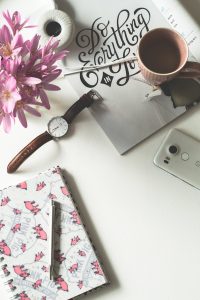 Business Casual
Business Casual
- Clothes should still fit properly. Although you do not need to wear a tailored suit, you should still avoid baggy or tight clothing.
- Remember, casual does not mean less professional. Low-top blouses and high-slit skirts are still inappropriate.
- If you are unsure of what qualifies as business casual, wearing business formal skirts and dresses is acceptable.
Wear casual skirts that are not too tight. Navy, black, gray, brown, and khaki are acceptable colors.
- Skirts should at least reach the knees when standing. For skirts that fall just below the knee, a slit just above the knee is acceptable.
- A very long skirt should not be slit to above the knee. Slits in the center-back of a skirt are acceptable as long as they do not extend higher than the back of the knee.
- If your job requires you to do physical or manual labor, wearing dress pants is the more sensible choice.
Wear a blouse or sweater. Tailored shirts, blouses, tailored knit sweaters, and sweater sets are all safe business casual choices.
- The fit should not be tight and no cleavage should be showing.
- Choose a color that complements your skirt. Unlike formal wear, you are free to inject some color and variety into your ensemble. Bright colors are acceptable.
- Cotton, silk, and blends are appropriate fabrics. Avoid wearing velvet or shimmery fabric that you would wear to a party.
 Wear heels, pumps, or high-quality flats. Shoes should be made of leather, fabric, or micro-fiber.
Wear heels, pumps, or high-quality flats. Shoes should be made of leather, fabric, or micro-fiber.
- Closed-toed shoes are the best conservative choices.
- Shoes should be black, navy, brown, tan, or taupe. White and pastels are not business appropriate.
- Sandals which are not too dressy and not too casual may be appropriate. Flat-soled shoes are also business casual.
- Thin straps, spike heels, chunky heels, and platforms are not business appropriate.
- Some non-professional jobs may require physical work or a lot of walking. In this situation, wearing athletic footwear may be acceptable. Remember to observe coworkers or consult with supervisors before wearing sneakers. Try not to be too trendy or showy when customizing your female look. Remember you are not at a fashion show, you are at your place of work.
 Do not wear copious amounts of make-up. For a polished look, wearing some make-up is better than wearing none, wearing too much make-up looks trashy and unprofessional. If you choose to wear jewelry, be sure that it is conservative and tasteful (No anklets or choker necklaces!) Opt for studs instead of long, dangling earrings. Avoid wearing earrings that are especially bright or colorful. Only wear piercings in earlobes rather than in higher parts of the ear or on other parts of your body. Use a business like tote-bag or briefcase to carry documents, laptops and other items. If you also carry a purse, keep it small and simple so as to avoid carrying two large bags. If necessary, you can put your purse in your tote bag. Wear your hair in a reasonable fashion. If you have really long hair, be sure it does not look messy. Avoid dying your hair extreme colors or styling it in overly elaborate ways as this will look distracting and unprofessional. Keep your fingernails at a reasonable length. Avoid using false nails, especially ones that are excessively long. Paint your nails a consistent color that matches your outfit. Do not paint them unusual colors or paint alternate colors on each nail.
Do not wear copious amounts of make-up. For a polished look, wearing some make-up is better than wearing none, wearing too much make-up looks trashy and unprofessional. If you choose to wear jewelry, be sure that it is conservative and tasteful (No anklets or choker necklaces!) Opt for studs instead of long, dangling earrings. Avoid wearing earrings that are especially bright or colorful. Only wear piercings in earlobes rather than in higher parts of the ear or on other parts of your body. Use a business like tote-bag or briefcase to carry documents, laptops and other items. If you also carry a purse, keep it small and simple so as to avoid carrying two large bags. If necessary, you can put your purse in your tote bag. Wear your hair in a reasonable fashion. If you have really long hair, be sure it does not look messy. Avoid dying your hair extreme colors or styling it in overly elaborate ways as this will look distracting and unprofessional. Keep your fingernails at a reasonable length. Avoid using false nails, especially ones that are excessively long. Paint your nails a consistent color that matches your outfit. Do not paint them unusual colors or paint alternate colors on each nail.
 Remember to present yourself in a professional manner. You want to draw the right attention to yourself.
Remember to present yourself in a professional manner. You want to draw the right attention to yourself.
- Remove piercings that are not in your ears. Cover up any tattoos you may have as these can quickly become distractions and can sometimes offend customers or coworkers.
- Not wearing perfume is the safest choice. If you do decide to wear perfume, be cautious when applying it. Too potent a scent can not only become a distraction but an annoyance.
- Scarves, hats, and other optional clothing should be conservative and high quality.
Spend some time cultivating your personal brand. “Be who you are already.” Dressing inappropriately throws people off and feel out of place, and uncomfortable.
If you dress for success the boss will know you are serious about promotion, that you have pride in your appearance.
